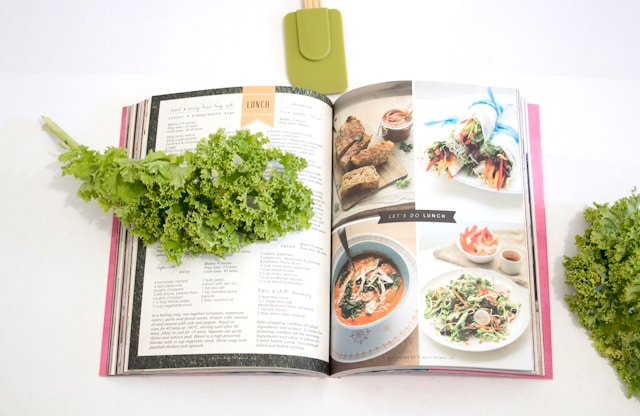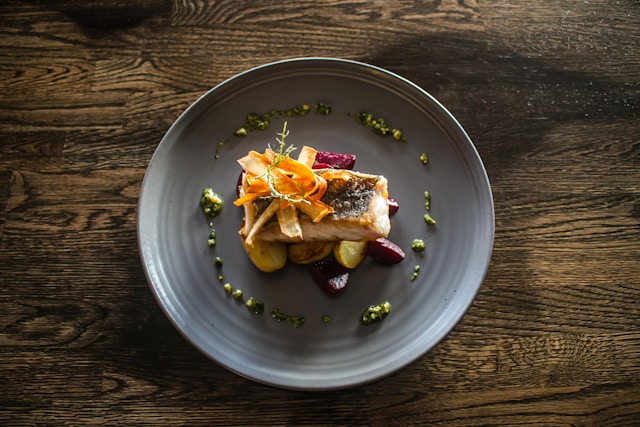The Art of Flavor Pairing: Elevating Your Culinary Creations
In the realm of culinary arts, flavor pairing is akin to orchestrating a symphony of taste, where each ingredient plays a vital role in harmonizing the overall composition. From the subtle nuances of herbs and spices to the bold contrasts of sweet and savory, mastering the art of flavor pairing can elevate your cooking to new heights. In this blog post, we’ll delve into the principles of flavor pairing and explore how you can use them to create unforgettable culinary creations.
Understanding Flavor Profiles
Every ingredient has its own distinct flavor profile, characterized by its taste, aroma, and texture. By understanding these profiles, you can begin to identify complementary and contrasting flavors that work well together. For example, the earthy richness of mushrooms pairs beautifully with the bright acidity of tomatoes, while the sweetness of caramelized onions can balance the salty tang of feta cheese.
Balancing Contrasts and Complements
One of the keys to successful flavor pairing is finding the right balance between contrasting and complementary flavors. Contrasting flavors add excitement and depth to a dish, while complementary flavors enhance and harmonize the overall taste. For instance, pairing spicy chili peppers with cooling avocado creates a dynamic contrast of heat and creaminess, while combining the sweetness of honey with the tanginess of balsamic vinegar results in a harmonious flavor combination.
Exploring Global Flavor Combinations
Cuisine from around the world offers a treasure trove of flavor combinations waiting to be explored. From the aromatic spices of Indian curry to the umami-rich sauces of Japanese cuisine, each culture brings its own unique blend of flavors to the table. By experimenting with international ingredients and techniques, you can expand your culinary repertoire and discover new and exciting flavor pairings.
Tips for Experimentation
When experimenting with flavor pairing, don’t be afraid to think outside the box and try unexpected combinations. Keep a journal of your experiments, noting which flavors work well together and which ones don’t. Trust your taste buds and let your creativity guide you as you explore the endless possibilities of flavor pairing.
Putting Theory into Practice: Recipe Inspiration
To help you put the principles of flavor pairing into practice, here’s a recipe that showcases the art of harmonizing contrasting and complementary flavors:
Grilled Peach and Arugula Salad with Balsamic Glaze
Ingredients:
- Ripe peaches, halved and pitted
- Fresh arugula
- Crumbled goat cheese
- Toasted walnuts
- Balsamic glaze
- Extra virgin olive oil
- Salt and pepper
Instructions:
- Preheat a grill or grill pan to medium-high heat. Brush the peach halves with olive oil and season with salt and pepper.
- Grill the peaches cut-side down until caramelized grill marks form, about 2-3 minutes per side. Remove from heat and let cool slightly.
- Arrange the arugula on a serving platter. Top with grilled peaches, crumbled goat cheese, and toasted walnuts.
- Drizzle with balsamic glaze and a touch of extra virgin olive oil. Season with salt and pepper to taste.
- Serve immediately and enjoy the delicious harmony of flavors.
Conclusion
Mastering the art of flavor pairing is an ongoing journey of exploration and experimentation. By understanding the principles of flavor profiles, balancing contrasts and complements, and drawing inspiration from global cuisine, you can create culinary creations that tantalize the taste buds and delight the senses. So go ahead, unleash your creativity in the kitchen and let the magic of flavor pairing elevate your cooking to new heights.


